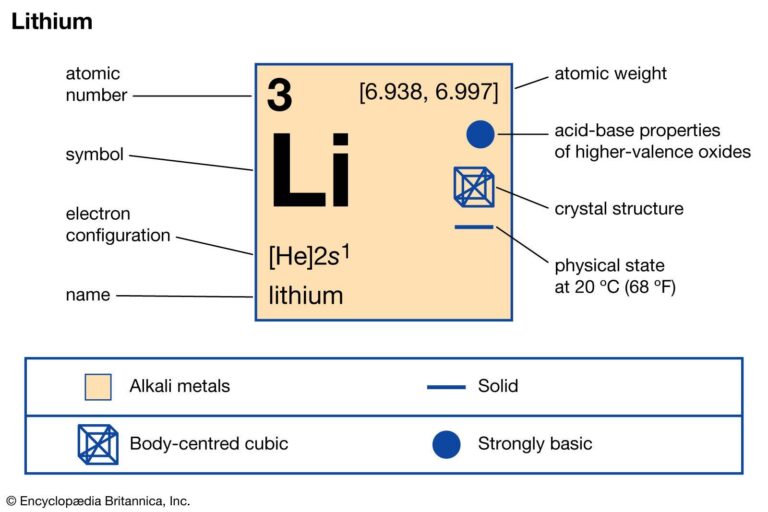The Pilbara Minerals CEO has issued a stark warning that Australia risks losing its competitive advantage in the global lithium market to Brazil, citing the South American nation’s rapidly expanding production capabilities. As demand for lithium surges amid the electric vehicle revolution, the mining executive emphasized the urgent need for Australia to accelerate development and investment in its lithium sector to maintain its position as a leading supplier. The comments come amid growing international competition and shifting supply dynamics that could reshape the future of the lithium industry.
Pilbara CEO highlights the strategic risks of Australia falling behind Brazil in lithium production
Australia’s dominance in the global lithium market is facing unprecedented challenges as Brazil accelerates its production capabilities. According to the Pilbara Minerals CEO, the country is at risk of losing its competitive advantage unless decisive strategic measures are put in place. The CEO emphasized that Brazil’s growing investment in lithium infrastructure and exploration projects could soon surpass Australia’s current output, threatening its position as a key supplier for the booming electric vehicle and battery industries.
Key concerns highlighted include:
- Supply chain vulnerabilities due to shifting geopolitical landscapes and resource nationalism.
- Regulatory hurdles slowing down project approvals and development timelines in Australia.
- Rising production costs that could diminish Australia’s attractiveness compared to Brazil’s lower-cost operations.
| Country | Annual Lithium Production (Metric Tons) | Growth Rate (%) |
|---|---|---|
| Australia | 60,000 | 5 |
| Brazil | 35,000 | 15 |
Urgent calls for policy reform and investment to reclaim Australia’s competitive advantage in battery minerals
Industry leaders are raising alarms over Australia’s slipping position in the global battery minerals market, especially with emerging competitors like Brazil aggressively expanding their lithium production capabilities. The Pilbara region, once a strategic linchpin in the supply chain, faces growing challenges that threaten to erode the nation’s dominance unless swift governmental action materializes. Key concerns focus on outdated regulatory frameworks and insufficient investments that hamper exploration and processing activities vital for building a resilient supply chain.
Experts emphasize that seizing back the competitive edge requires a multifaceted approach including:
- Streamlining approvals and permitting processes to accelerate project development
- Boosting federal and state funding toward innovative extraction and recycling technologies
- Fostering partnerships between mining companies and downstream battery manufacturers
- Implementing clear, long-term policy signals to attract global investment
A comparison of the mining environments highlights critical differences:
| Aspect | Australia | Brazil | |||
|---|---|---|---|---|---|
| Approval Time | 12-18 Months | 6-9 Months | |||
| Government Incentives | Moderate | Government Incentives | Moderate | High, with aggressive subsidies and tax breaks | |
| Investment in R&D | Limited and fragmented | Substantial and coordinated at federal level | |||
| Partnership Ecosystem | Emerging but scattered | Strong with integrated battery manufacturing |
| Recommendation | Expected Impact | Timeline |
|---|---|---|
| Port Expansion | Increase export capacity by 30% | 2 years |
| Regulatory Reform | Reduce permit delays by 50% | 1 year |
| Energy Grid Upgrade | Improve operational uptime | 3 years |
To Wrap It Up
As Australia faces growing competition from emerging lithium producers like Brazil, industry leaders warn that maintaining its global edge will require strategic investment and policy support. The Pilbara CEO’s cautionary message underscores the urgency for Australia to bolster its mining capabilities and supply chain resilience if it hopes to remain a dominant player in the rapidly evolving lithium market. Without decisive action, the nation risks ceding ground to rivals at a critical juncture for the global transition to clean energy.




